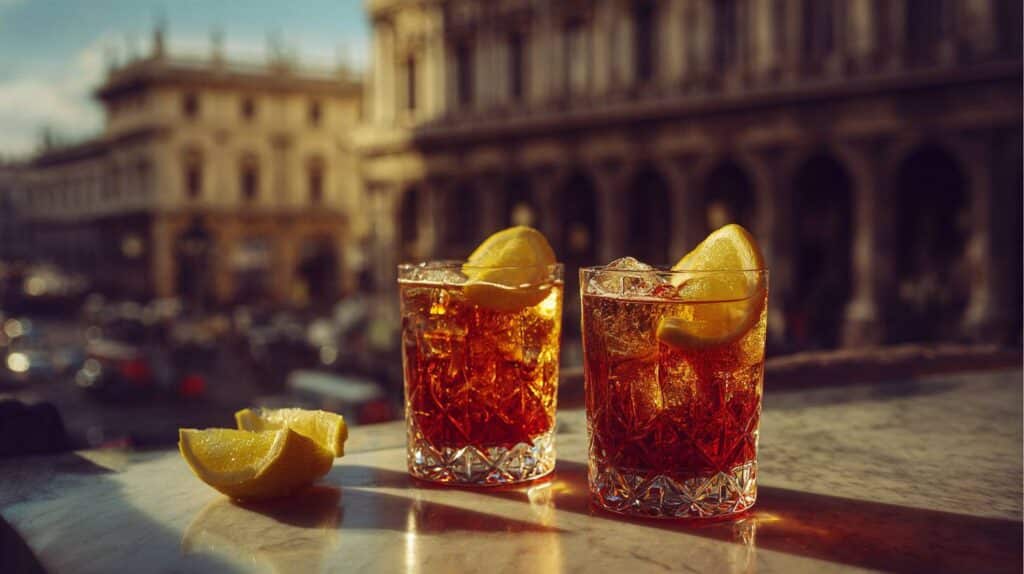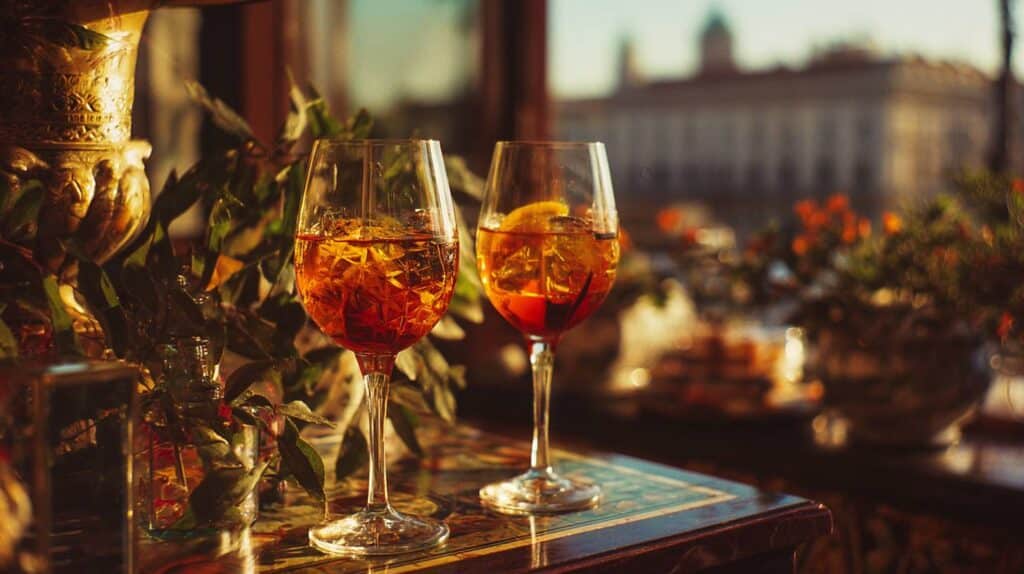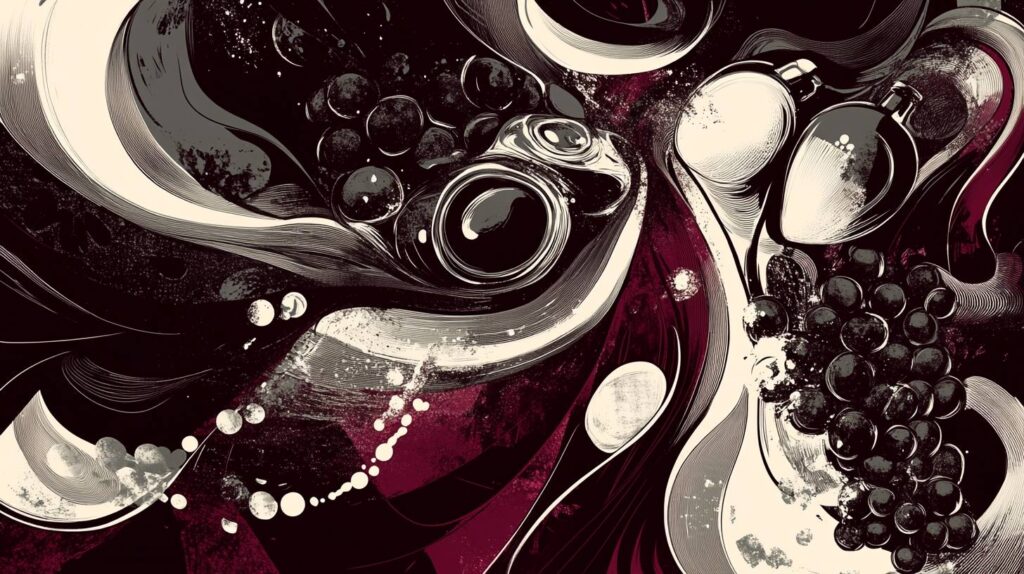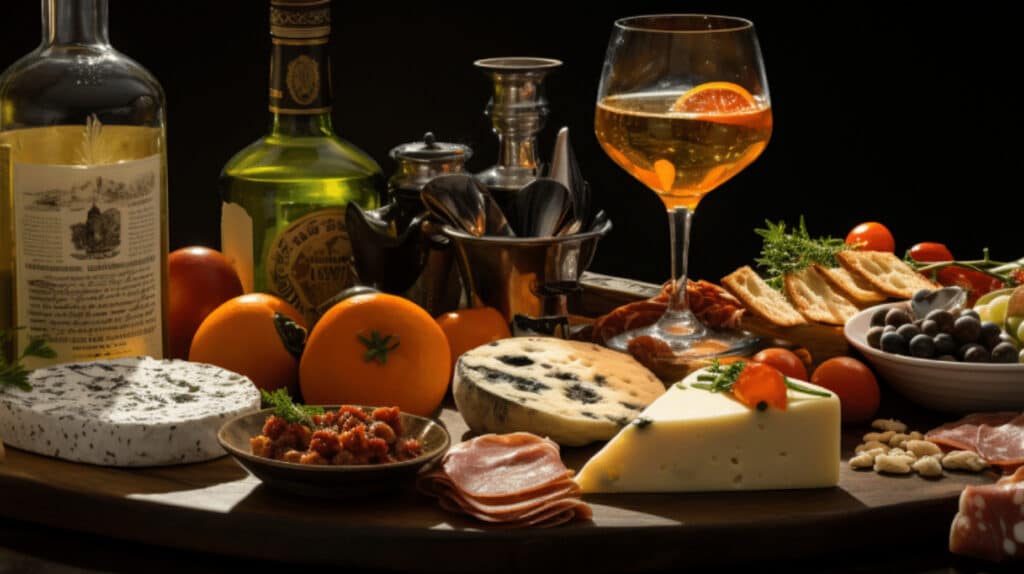Introduction
Vermouth wine cocktails have long been a cornerstone in the realm of mixology, seamlessly blending history, culture, and artistry into each glass. Originating as an ancient medicinal elixir, this fortified wine has undergone a fascinating evolution to become a symbol of sophistication and a staple in modern cocktail culture. Whether you’re a seasoned mixologist or a curious enthusiast, the world of vermouth wine cocktails offers a rich tapestry of flavours, techniques, and variations to explore. This article delves into the captivating art of the vermouth wine cocktail, from its storied past to its intricate preparation methods and beyond. So, pour yourself a glass, and let’s embark on a journey to discover the elegance and complexity that make the vermouth wine cocktail a timeless classic and a must-try for anyone with a penchant for fine drinks.
The Rich History of Vermouth
The story of vermouth wine cocktail is as complex and nuanced as the drink itself, a narrative steeped in history, culture, and a dash of mystery. Originating over two millennia ago, the earliest forms of vermouth were concoctions of wine, herbs, and honey, used for medicinal purposes. The great philosopher Hippocrates was known to prescribe it, and records even indicate its use in ancient China.
Fast forward to 18th-century Turin, Italy, where modern vermouth was born. The city, then the capital of the House of Savoy, was a hub of innovation and culture. Surrounded by fertile wine lands and situated near the bustling port of Genova, Turin had all the ingredients for the perfect vermouth. Local winegrowers experimented with artemisia and other local herbs, blending them with exotic spices from Asia, Africa, and South America. It was here that Antonio Benedetto Carpano created what is widely considered the first modern vermouth, earning a royal warrant and becoming the court’s aperitif of choice.

The drink soon crossed borders, making its way to America in the 1850s, just as cocktail culture began to flourish. Vermouth brought with it an aura of European sophistication, elevating the status of the cocktail and providing bartenders with a complex mix of flavours ready for experimentation. However, the onset of Prohibition in the United States led to a decline in vermouth’s reputation, as poor-quality substitutes flooded the market.
In recent years, the vermouth renaissance has been nothing short of remarkable. Spearheaded by establishments like New York’s Milk & Honey, there has been a renewed focus on the quality and origin of ingredients. A new breed of vermouth makers has emerged, paying meticulous attention to grape varieties and artisan methods, thereby redefining the quality and image of modern vermouth.
Today, vermouth enjoys a well-deserved resurgence, reclaiming its rightful place in the pantheon of great spirits. Whether you’re sipping it neat as an aperitif or enjoying it in a classic cocktail like a Negroni or Manhattan, the rich history of vermouth adds an extra layer of enjoyment to each sip.
The Art of Preparation
Crafting a vermouth wine cocktail is a meticulous process that marries science and art, demanding a keen understanding of flavours, proportions, and techniques. At its core, vermouth is a fortified wine, elevated through the infusion of herbs, spices, and botanicals. Yet, the simplicity of its ingredients belies the complexity involved in its preparation.
Firstly, the choice of base wine is crucial. Whether it’s a white, red, or rosé, the wine sets the foundational notes for the cocktail. Next comes the fortification process, where a neutral grape spirit is added to increase the alcohol content, thereby extending the vermouth’s shelf life and enhancing its flavour profile.
The wine, usually a neutral white wine, acts as the base, much like a drumbeat in a song. It provides the foundational flavor and body upon which other elements are layered. Next come the botanicals—herbs, spices, and roots—that introduce complexity and nuance. Think of these as the bass guitar, adding depth and texture to the mix.
Finally, the fortifying spirit, often brandy or a neutral grain spirit, serves as the piano, elevating the entire composition with its richness and strength.

The choice and proportion of these ingredients are crucial in setting the “rhythm” of the vermouth. Too much of one element can overpower the others, disrupting the balance. Just like in a band, where each instrument must be in sync for the music to flow harmoniously, the basic ingredients in vermouth must be carefully orchestrated to create a well-balanced, flavorful drink.
The infusion of herbs and botanicals is where the real artistry comes into play. Classic ingredients include artemisia, chamomile, and coriander, among others. The precise blend and quantity of these elements can dramatically alter the vermouth’s character, making each brand a unique experience. Modern vermouth makers often employ artisan methods for botanical extraction, ensuring the most authentic and vibrant flavours.
Once the ingredients are assembled, the mixture is left to macerate, allowing the flavours to meld and mature. This is followed by filtration and, in some cases, additional ageing in wooden barrels for added complexity.
You can now understand that vermouth is a wine, but the art of preparation doesn’t end with the vermouth itself. The cocktail in which it is used also demands skill and creativity. Whether it’s a classic Negroni, requiring equal parts of gin, vermouth, and Campari, or a more adventurous concoction, the role of vermouth is pivotal. Its complex flavours can complement or contrast other ingredients, providing balance and depth to the cocktail.
Understanding the art of vermouth preparation enriches not just the palate but also the mind. It offers a glimpse into a tradition that has been refined over centuries, yet continues to evolve, inviting new generations to partake in its rich tapestry of flavours and techniques.
Vermouth Wine Cocktails Variations and Modern Takes
The world of vermouth wine cocktails is a playground for innovation, where tradition meets modernity in a delightful dance of flavours. While classics like the Negroni and Manhattan have stood the test of time, contemporary mixologists are pushing the boundaries, creating new variations that pay homage to the past while embracing the future.
One such modern take is the “Reversed Manhattan,” a lighter version of the classic, where the proportions of vermouth and whiskey are flipped. This twist not only highlights the vermouth but also offers a refreshing alternative for those seeking a less potent drink.
Then there’s the “Negroni Sbagliato,” an accidental masterpiece created when a bartender mistakenly used sparkling wine instead of gin. The result is a lighter, effervescent version of the classic Negroni, perfect for those summer evenings.
The rise of craft vermouth brands has also led to an explosion of creativity in the cocktail scene. These artisanal vermouths, often made with locally sourced botanicals, provide a unique base for experimentation. Cocktails like the “Vermouth Spritz,” which combines craft vermouth, soda water, and a splash of citrus, showcase the versatility of this fortified wine.
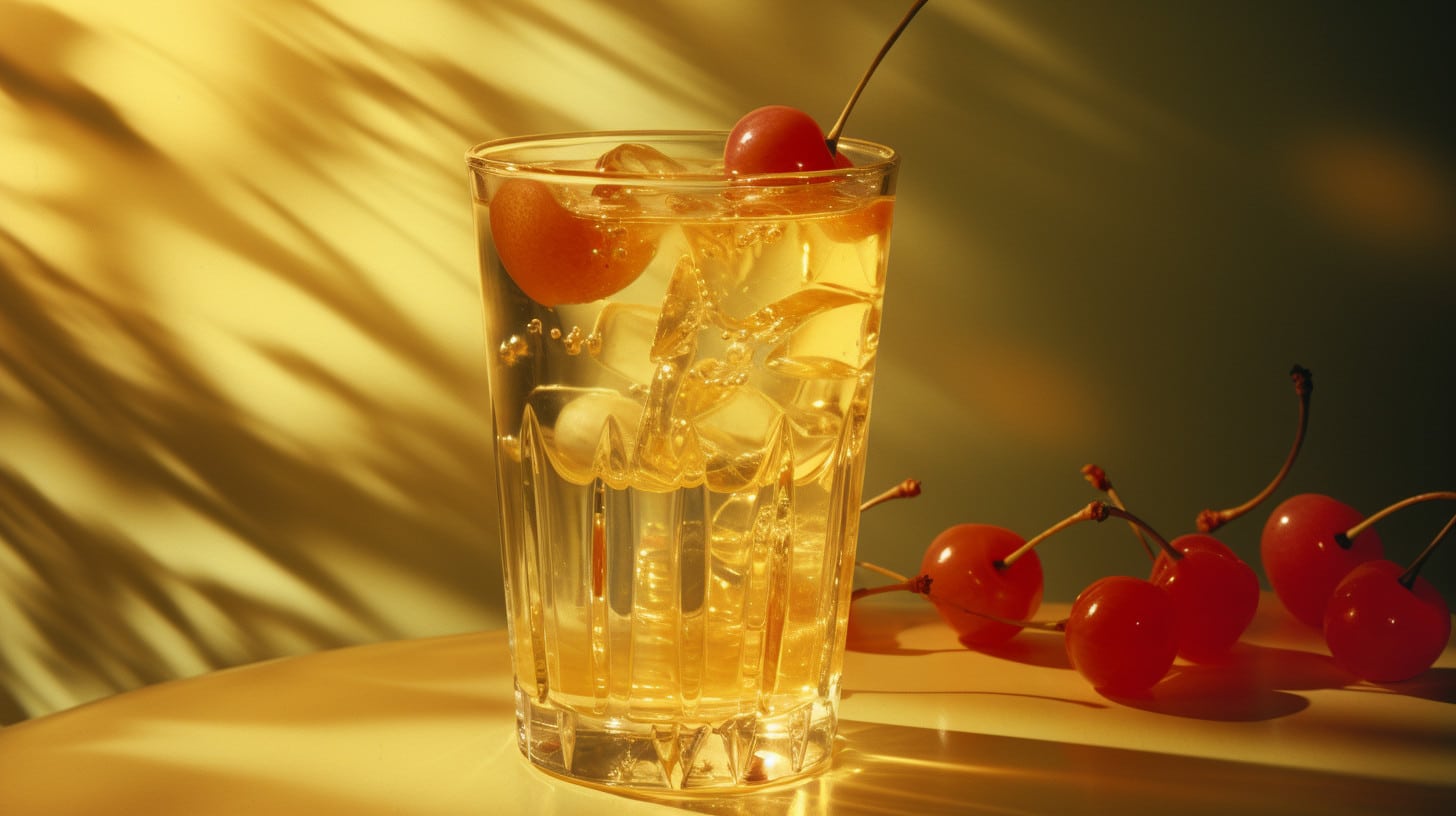
But it’s not just about vermouth wine cocktail; vermouth itself has seen intriguing variations. From red and white to rosé and even amber, the spectrum of vermouth has expanded, each with its unique flavour profile and ideal pairings. Some modern brands are even experimenting with ageing their vermouth in different types of barrels, from oak to cherry wood, adding another layer of complexity.
In essence, the variations and modern takes on vermouth wine cocktails are a testament to the drink’s enduring appeal and adaptability. Whether you’re a purist who appreciates the classics or an adventurer eager to try the latest concoction, the world of vermouth offers something for everyone. It’s this blend of tradition and innovation that ensures vermouth’s place in the ever-evolving landscape of mixology, making each sip a journey through time and taste.
The Cultural Impact
The cultural significance of vermouth wine cocktail extends far beyond the bar counter, permeating social gatherings, influencing popular media, and even shaping national identities. In the United States, for instance, vermouth became synonymous with the Roaring Twenties, a symbol of rebellion against Prohibition and an emblem of the era’s glamour and excess.
Across the Atlantic, in Europe, vermouth has long been a staple of café culture, particularly in Italy and France. Whether sipped as an aperitif on a sun-drenched terrace in Rome or enjoyed in a bustling Parisian café, vermouth is deeply ingrained in the European way of life.
The drink’s cultural impact is also evident in its representation in literature and film. From James Bond’s famous “shaken, not stirred” Martini to the countless tomes that romanticise the allure of the cocktail hour, vermouth has captured the imagination of artists and writers alike.
Conclusion
In the realm of spirits and cocktails, vermouth stands as a testament to the beauty of complexity and the richness of tradition. From its ancient medicinal roots to its modern incarnations in classic and contemporary cocktails, vermouth wine has proven its enduring allure. Its intricate preparation methods, the myriad variations it inspires, and its indelible impact on culture make it far more than just a drink; it’s a narrative, a journey, and an experience. As we’ve explored its rich history, the art of its preparation, its modern takes, and its cultural significance, one thing becomes abundantly clear: the vermouth wine cocktail is a timeless classic that continues to captivate and charm. Whether you’re a seasoned mixologist or a casual enthusiast, the world of vermouth invites you to discover, experiment, and most importantly, enjoy.
References
- The Art of Vermouth – A deep dive into the history and preparation of Vermouth.
- The ABCs of Vermouth – An overview of Vermouth and its significance in cocktail culture.



